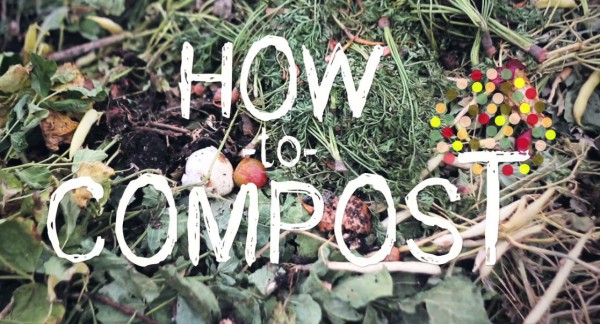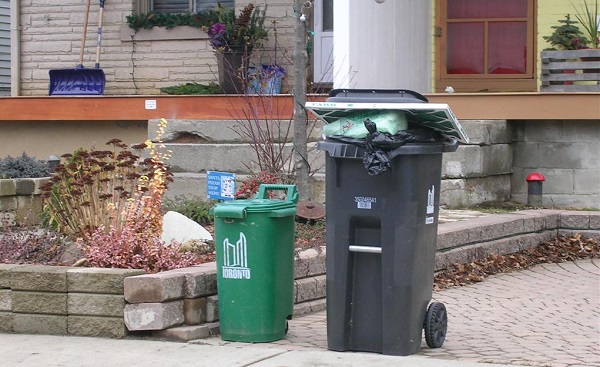This week the City of Winnipeg held an Organics Diversion Strategy Symposium. The goal of this public event was to provide the opportunity to “learn more about the City’s efforts to manage organic waste and tell us what you want in an organics program.”
Approximately 70 people gathered at the West End Cultural Centre where a panel of speakers, including Janine Ralphe, a representative from the consultation group (HDR) hired to produce the strategy report, Vinh Huynh, School Principal at John McDonald, and Carmine Militano of the Chamber of Commerce offered insights into a variety of composting topics. The second part of the evening involved a breakout session in which individuals were invited to weigh in on some key questions related to the implementation of a composting program for Winnipeg. The event was also livestreamed to allow online viewing.
Janice Lukes, City Councillor for South Winnipeg – St. Norbert and chair of the Standing Policy Committee of Infrastructure Renewal and Public Works, started the evening by noting the City’s 2011 Waste Reduction Strategy along with the organics curbside pick-up pilot that was supposed to occur in 2014.
Next, the panelists inspired and informed us on the different aspects of composting initiatives. We learned what was happening in other communities and different existing models. We learned about the importance of education and environmental stewardship, and the economic drivers of an organics diversion program. Such reflections and reporting is certainly important in order to find the right organics program for Winnipeg.

And while all the panelists were well spoken and provided good information, we couldn’t help but think these presentations should have taken place three years ago. For the participants (and the general public) to offer an opinion on possible models, they would need to fully understand the benefits and constraints of each one. However, the polling questions were too basic for the knowledgeable crowd at the symposium. Since the goal was to find out what Winnipeggers want, the polls should have delved into these questions more deeply. For example:
- What level of sorting would you like to see in a curbside program?
- How frequent would you like the pick up to be?
- What would you be willing to pay for a program?
These types of questions could have provided true input into what citizens want.
That said, the evening was successful in demonstrating that there is significant interest in this topic and that residents are ready and willing to participate. The breakout sessions further revealed that residents know about the importance of education and outreach alongside convenience and ease of use, but it also resulted in expressions of frustration at the delays and setbacks. Unfortunately, there were no opportunities to ask questions of the City representatives, learn more about intended timelines and next steps, or find out why the delays occurred. However, you can visit the City’s website to learn more about the plan and general timelines (shown below).

As all of this planning begins to take shape, my take-away is that perspectives are changing. In a new era of environmental stewardship and green business innovation, organic material shifts from being viewed as a waste product that we need to get rid of to a valuable resource, integrated into our way of life. To compost our organics would benefit the environment, the soil and food we grow AND the economy. There is a business case to be made.
The residents of Winnipeg were loud and clear: we want to see action, whether through a pilot pick-up program (similar to the one that was supposed to happen in 2014), a voluntary program, or a full roll-out. The overall message was: organics diversion programs are out there, they are achievable, Winnipeg is ready, let’s get things started.



I live in a house with a yard, so I compost my kitchen and garden materials as well as some leaves and grass clippings from other yards. People who live in apartments or condos however may have no place for their compostables, and city parks could benefit from them.
Great to hear Vivien! Don’t forget those leaves, they are super important for obtaining the right balance in your bin. A curbside pick up program would hugely benefit the condo and apartment dwellers so that they too can get involved in responsible management of organic waste. Thanks for your comment and happy composting.
I would not be interested in this. I have been composting for over 15 years, and I don’t want to give my organics away.
Hello Wes,
I totally agree with you! I do not want to give away my organics either. Backyard composting is actually a preferred method as far as we’re concerned because of the reduced impact on the roads, GHG emissions and taxes. However, this method is not possible for some (such as those in apartments or condos) and so a pick-up program would help to alleviate the organics from the landfill from those residents. Thanks for your comment and happy composting!
I participated in the recent Organics Diversion Strategy Symposium. While most participants agreed that the City should proceed with at least a pilot program, there was some good discussion about what to do with the waste products collected (i.e. composting and/or other processing) and the cost (i.e. opportunities for revenue generation to offset). As other cities already have such programs, the City should determine what model(s) best suit Winnipeg and get on with it.